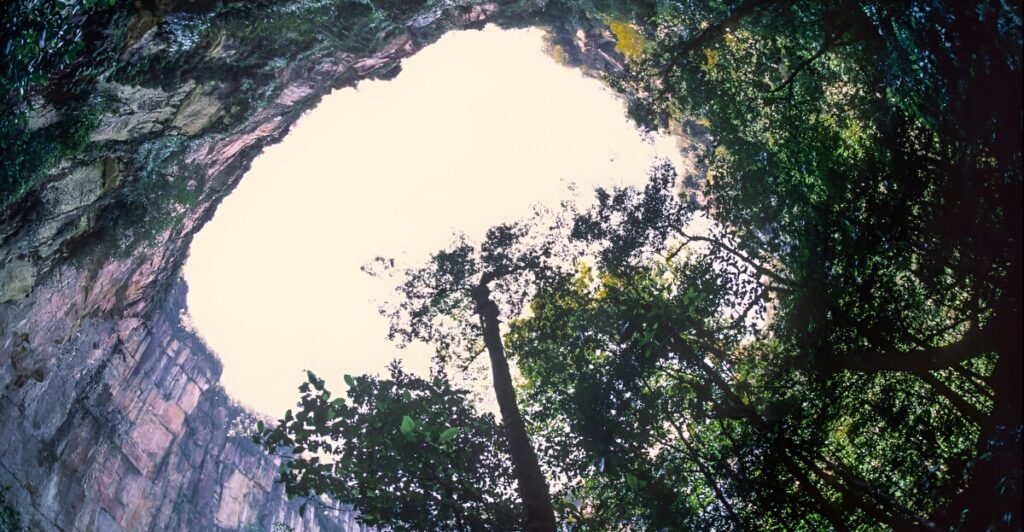
The world is filled with breathtaking views and interesting finds that often leave us in awe of the wonders of the world, and this time, it was no different. A recently discovered 630-foot-deep sinkhole in southern China has given us a glimpse into a hidden world resembling a “Lost World” from the dinosaur era. Scientists believe this subterranean forest may host previously unknown species of plants and animals, thriving in a humid, low-light environment nurtured by underground water flows.
This discovery just shows how much the world has to offer that we aren’t aware of yet, and we’ll be finding many of these incredible findings in the years to come.
About The Sinkhole
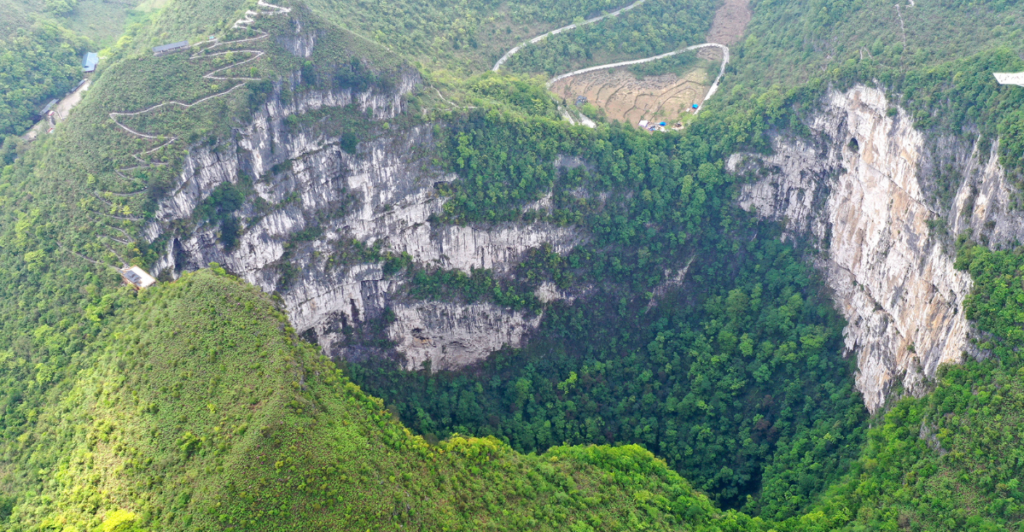
The 630-foot-deep sinkhole discovered in China’s Guangxi Zhuang Autonomous Region is a colossal natural formation measuring about 1,000 feet long and 500 feet wide. This enormous pit, known locally as a “tiankeng” or heavenly pit, houses a remarkably well-preserved ancient forest at its base, featuring towering trees reaching up to 131 feet tall and dense undergrowth that grows as high as a person’s shoulders.
Explorers also found three large cave entrances within the sinkhole, suggesting a complex subterranean network. The sinkhole’s vast volume, estimated at around 176 million cubic feet, creates a unique microenvironment where rare and possibly unknown species of plants and animals thrive, isolated from the outside world. Its formation is attributed to karst processes, where acidic rainwater gradually dissolves limestone bedrock, causing the ground above to collapse and form dramatic sinkholes like this one.
What is Karst Topography?
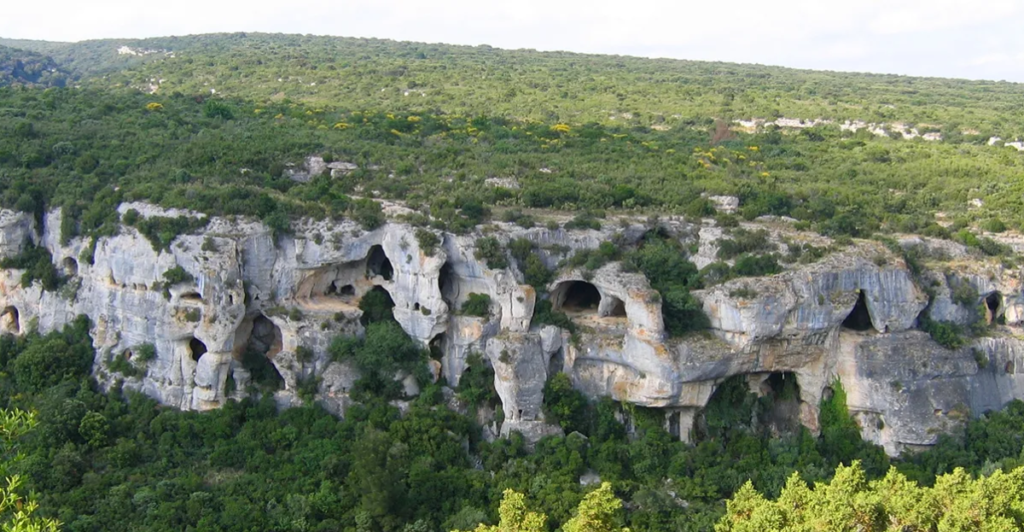
This is a distinctive landscape shaped by the dissolving action of water on soluble rocks like limestone and dolomite. This process, known as chemical weathering, creates unique features like sinkholes, caves, and underground streams. Karst landscapes usually have barren, rocky ground and lack surface streams and lakes, as water tends to disappear underground through cracks and fissures.
Over time, the dissolution of bedrock has led to the development of complex underground drainage systems and cave networks, which make them unique and interesting.
The Ancient Forest at the Bottom
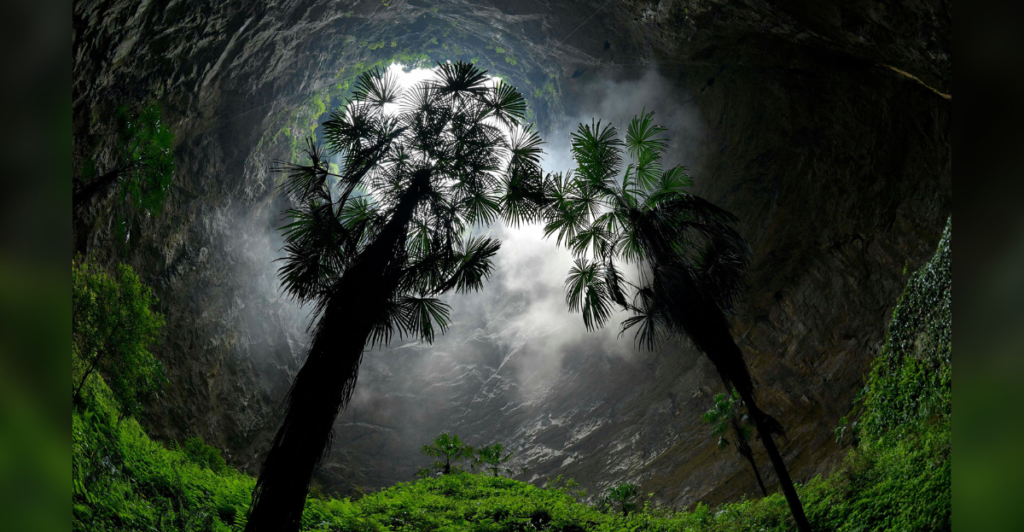
The forest discovered at the bottom of this sinkhole is truly remarkable and leaves people in absolute awe. This forest is filled with towering trees, some reaching up to 131 feet in height, stretching towards the opening, competing for sunlight that filters through the entrance. This unique environment likely harbors undiscovered species of plants and small animals adapted to the humid, low-light conditions of the sinkhole.
Explorers have noted the presence of wild plantain species and square bamboo with thorns, indicating a diverse and complex botanical community. Human activity has completely undisturbed the forest floor, giving researchers insight into a prehistoric world that has been untouched by time.
Comparison to Other Sinkholes Worldwide
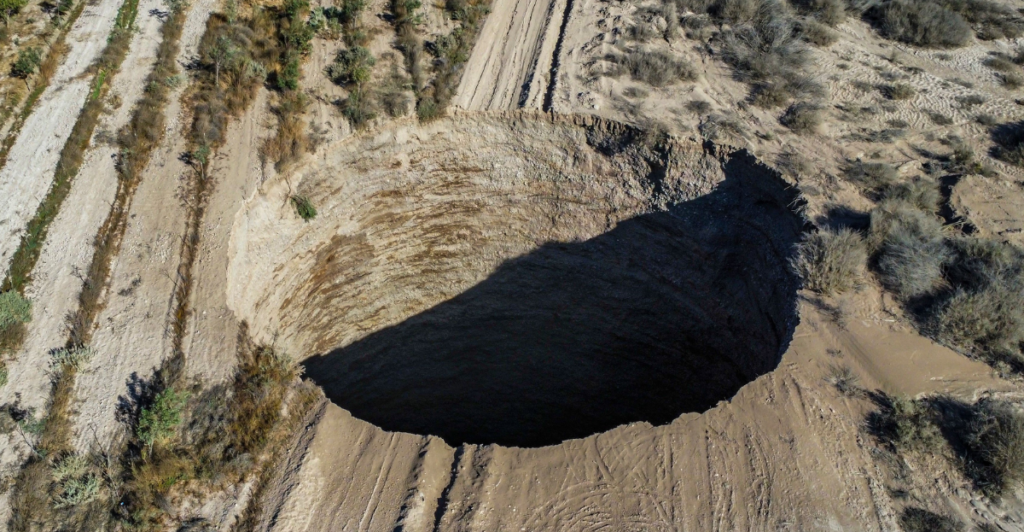
Compared to other sinkholes worldwide, the newly discovered 630-foot-deep sinkhole in southern China is among the largest and most ecologically significant. While it is not the deepest, Xiaozhai Tiankeng in Chongqing, China, holds that record at 2,172 feet (662 meters); this sinkhole’s vast size and unique ancient forest ecosystem set it apart.
These vast and mysterious sinkholes aren’t isolated to just China. There are many large sinkholes around the world that captivate scientific intrigue, such as Sima Humboldt in Venezuela (1,030 feet deep) and Red Lake in Croatia (1,740 feet deep), also contain isolated ecosystems. Still, the Chinese sinkhole’s depth, volume, and biodiversity combination is exceptional.
A Visually Spectacular Karst
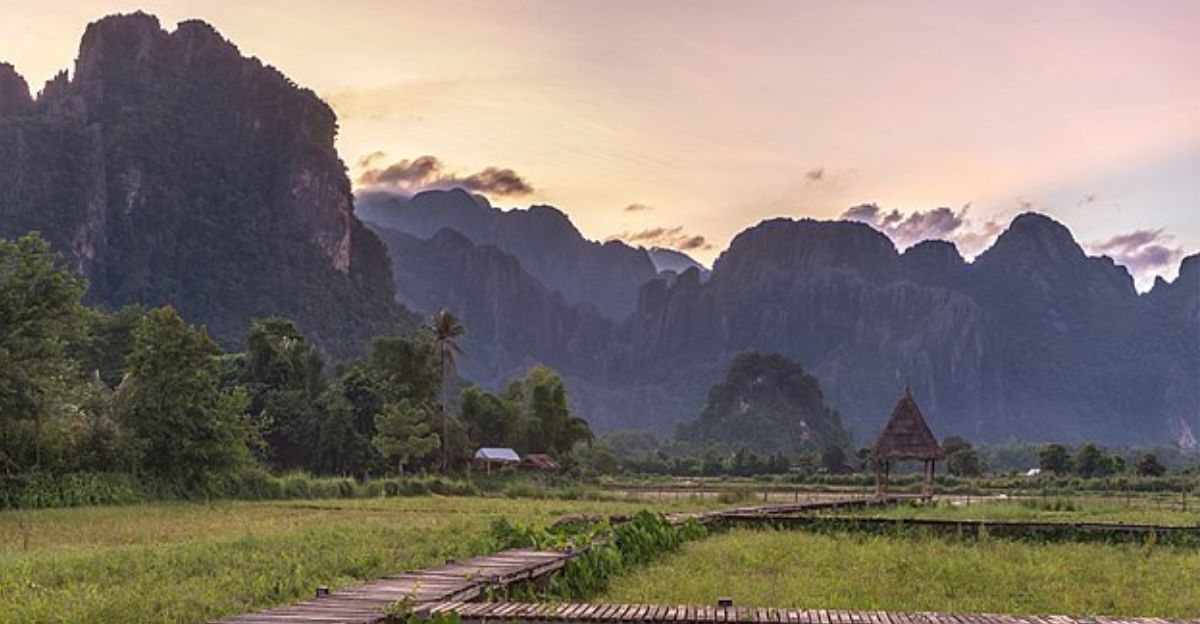
“Because of local differences in geology, climate, and other factors, the way karst appears at the surface can be dramatically different,” said George Veni, the executive director of the National Cave and Karst Research Institute (NCKRI). “So in China, you have this incredibly visually spectacular karst with enormous sinkholes and giant cave entrances and so forth.
In other parts of the world, you walk out on the karst, and you don’t notice anything. Sinkholes might be quite subdued, only a meter or two in diameter. Cave entrances might be very small, so you have to squeeze your way into them.”
Exploration and Scientific Team
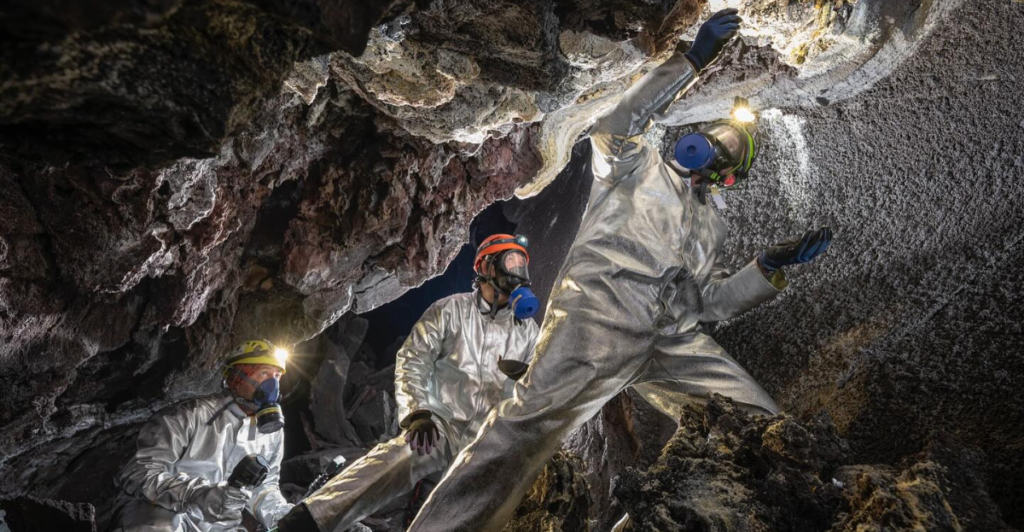
The exploration was led by a team of Chinese scientists and speleologists from the Institute of Karst Geology of the China Geological Survey. The team, headed by Chen Lixin, rappelled more than 320 feet into the sinkhole and then trekked for several hours to reach its bottom, where they encountered the dense ancient forest with towering trees and thick undergrowth.
The team’s findings suggest the presence of previously unknown species, underscoring the scientific importance of this discovery. International experts, such as George Veni, executive director of the U.S.-based National Cave and Karst Research Institute, praised the discovery and noted the unique karst landscape of southern China that fosters such spectacular formations.
The Sinkhole is a “Heavenly Pit”
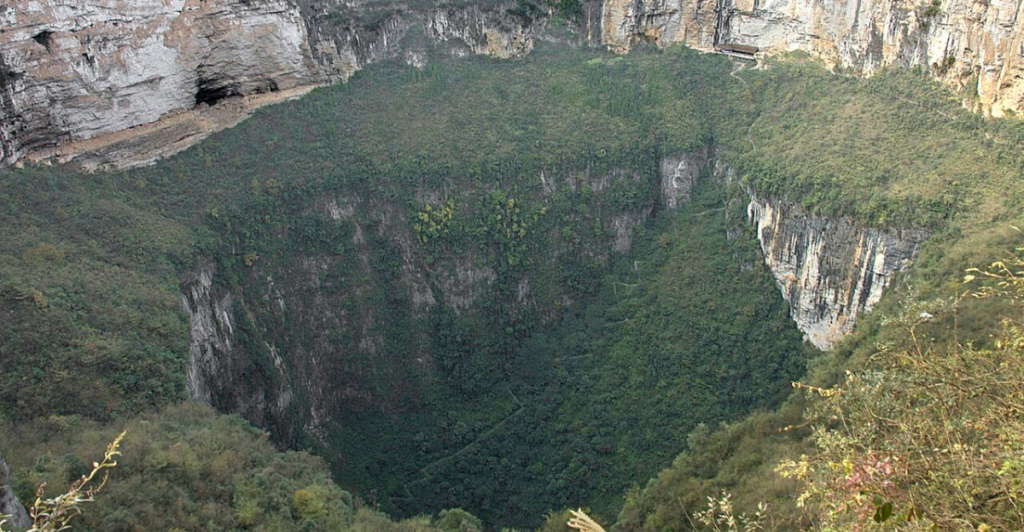
These “heavenly pits” are massive, vertical-walled sinkholes unique to China’s karst landscapes. They are distinguished by their immense size, typically at least 330 feet deep and wide, and their often spectacular ecosystems within. The term reflects the sinkhole’s dramatic, seemingly otherworldly appearance and the pristine, almost sacred environment preserved at its base.
The sinkhole’s sheer scale and the untouched ecosystem make it a natural cathedral, a hidden world that has fascinated the world.
Potential New Species and Biodiversity

Researchers speculate that this subterranean ecosystem harbors rare and possibly new species adapted to the low-light, humid conditions sustained by underground water flows. The pristine nature of this environment, largely undisturbed by human activity, makes it a living laboratory for studying evolutionary processes and biodiversity conservation. “I wouldn’t be surprised to know that there are species found in these caves that have never been reported or described by science until now,” said Chen Lixin.
Scientists involved in the exploration expressed excitement about the possibility of discovering new flora and fauna, underscoring the sinkhole’s importance as a biodiversity hotspot within China’s karst landscape.
Importance for Conservation and Research
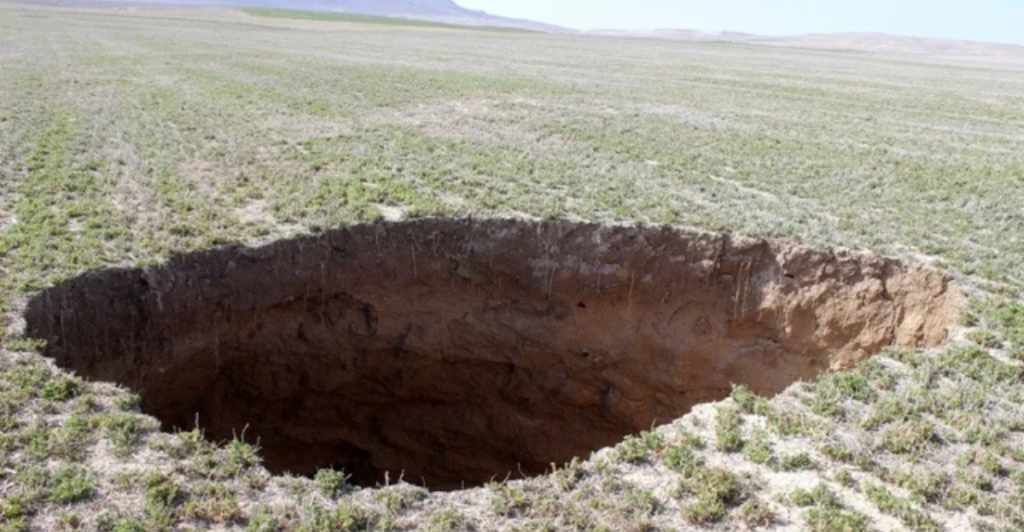
Protecting these sites is crucial for preserving biodiversity and understanding the Earth’s history and resilience. The pristine conditions within the sinkhole provide a baseline for studying natural ecosystems, allowing scientists to assess the impacts of climate change and human activities elsewhere.
These karst landscapes also serve as natural groundwater reservoirs, making their conservation essential for maintaining water resources in the region.
The Role of Technology in Exploration

Modern tools such as lidar (light detection and ranging) and geographic information systems (GIS) enable scientists to remotely map and analyze karst landscapes with high precision, revealing subtle surface depressions and underground features that were previously undetectable.
Satellite-based radar technologies, including Interferometric Synthetic Aperture Radar (InSAR), allow researchers to monitor ground subsidence and detect early warning signs of sinkhole formation over large areas with millimeter-level accuracy.
On the ground, geophysical methods like electrical resistivity and seismic surveys provide detailed profiles of subsurface voids and rock dissolution patterns, helping to characterize sinkhole structures and assess their stability. These technological advances have made exploring the world much easier, allowing researchers to see the whole picture of a discovery.
A Deep Cultural Significance
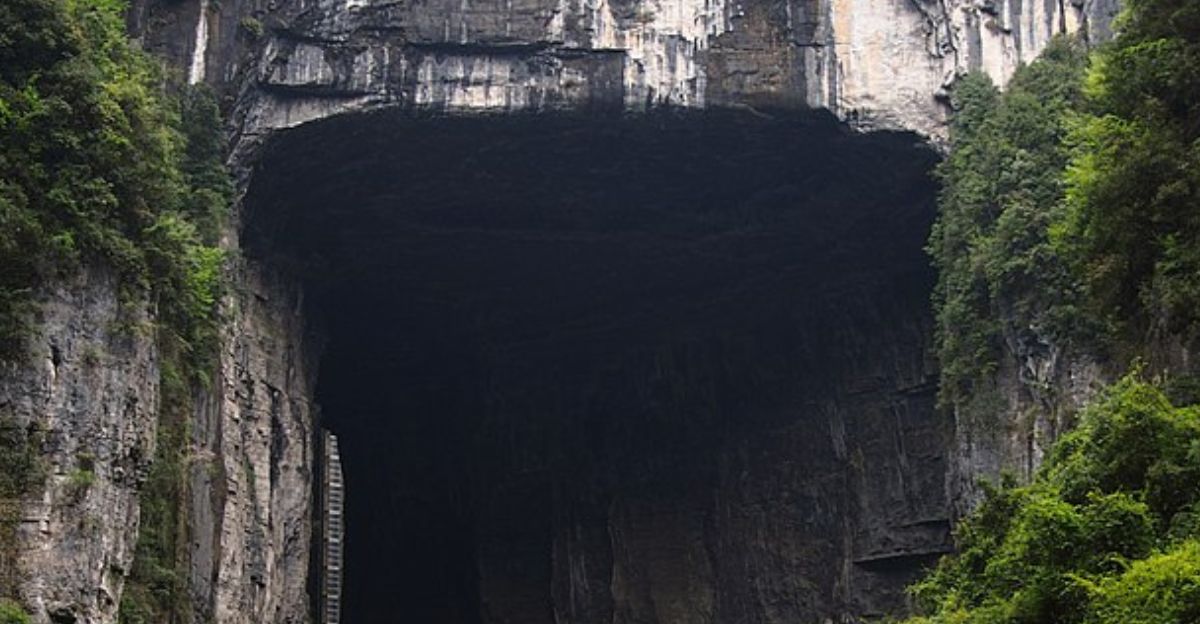
Sinkholes in China hold a deep cultural and historical significance, especially the “Tiankeng” formations. Local legends allude to these sinkholes as gateways to different realms or sacred sites protected by otherworldly entities. Some sinkholes in the region have established themselves as part of the local folklore, sometimes as dwellings for a hero or a mythical creature.
This cultural significance has led to the preservation of these sinkholes. Many communities avoid disturbing them, allowing researchers to study their completely untouched ecosystems.
Scientific Exploration
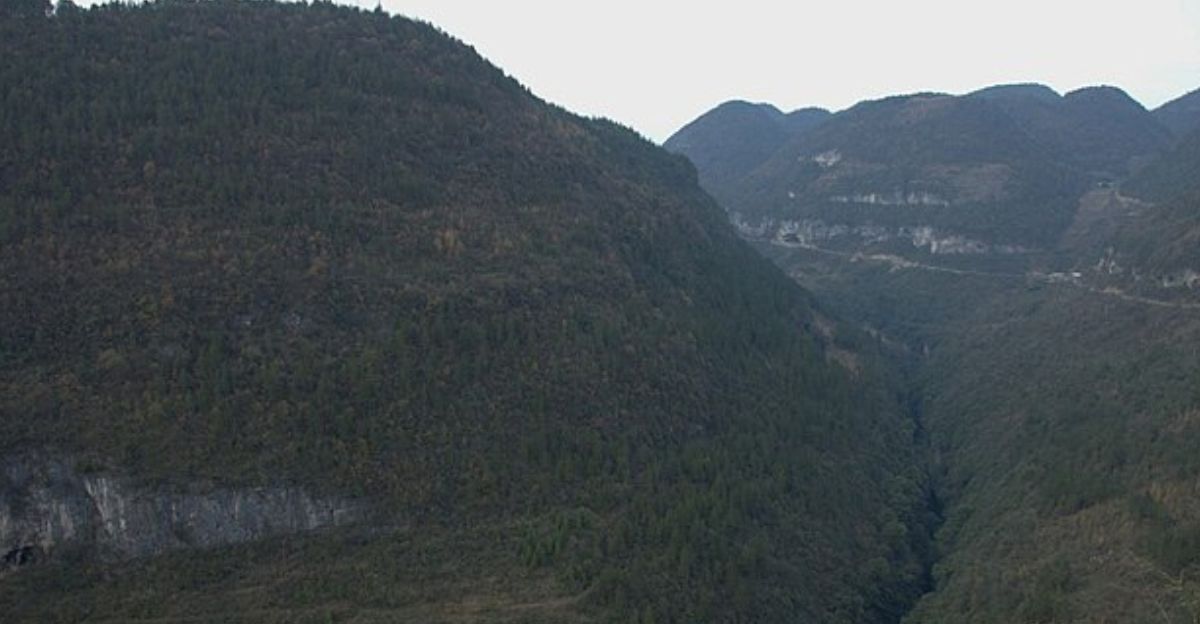
Sinkholes can be challenging to explore as part of field research. Sinkholes like the one in the Guangxi Zhuang Autonomous Region present significant logistical and safety challenges. To explore them, researchers need to rappel from the surface down hundreds of feet on limestone walls, which are notorious for being slippery and uneven.
The overgrowth at the bottom can hide potential hazards, and the presence of underground streams means that flooding is also a risk. Any expedition that ventures into these sinkholes must be prepared, showcasing how far scientific discovery can push researchers.
Potential Ecotourism And Other Benefits
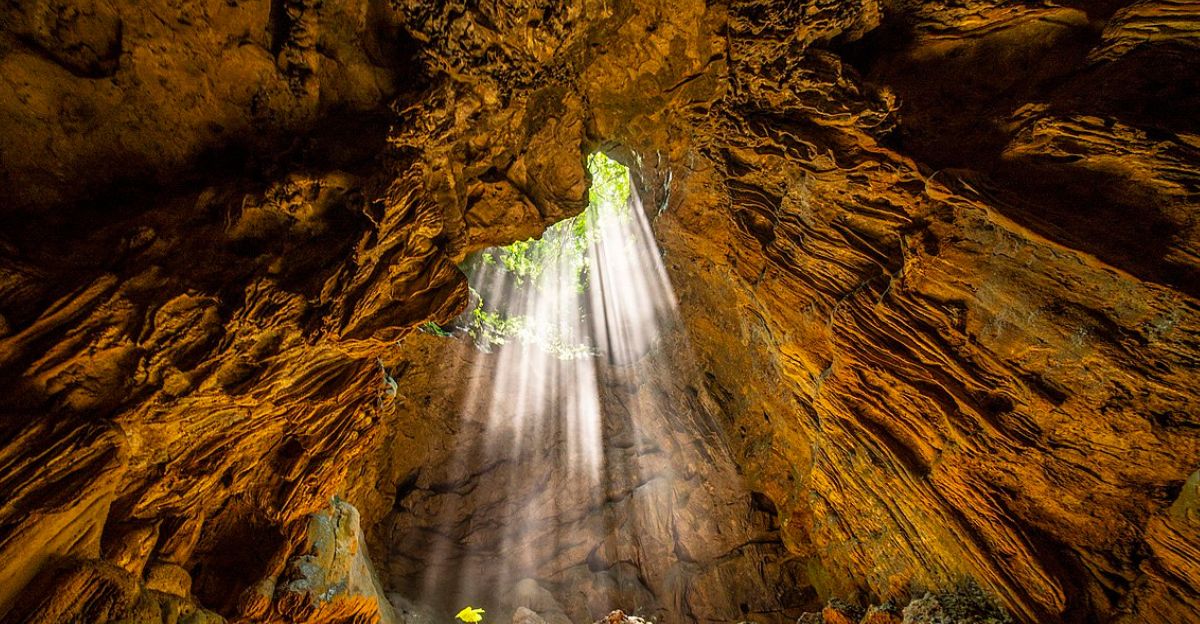
Although there are hazards associated with these sinkholes, if the proper precautions are taken, then there is potential for ecotourism in the region. Ecotourism could provide local economic benefits while educating and raising awareness about karst conservation.
Guided tours, educational programs, and visitor centers could all foster a sense of appreciation and awe for these natural wonders. However, the local culture must be respected, and ecotourism could go against many local beliefs. Furthermore, a high volume of people at the sinkholes would mean it would no longer be an untouched ecosystem, dissolving one of its key factors in research today.
The Importance Of Karst Landscapes
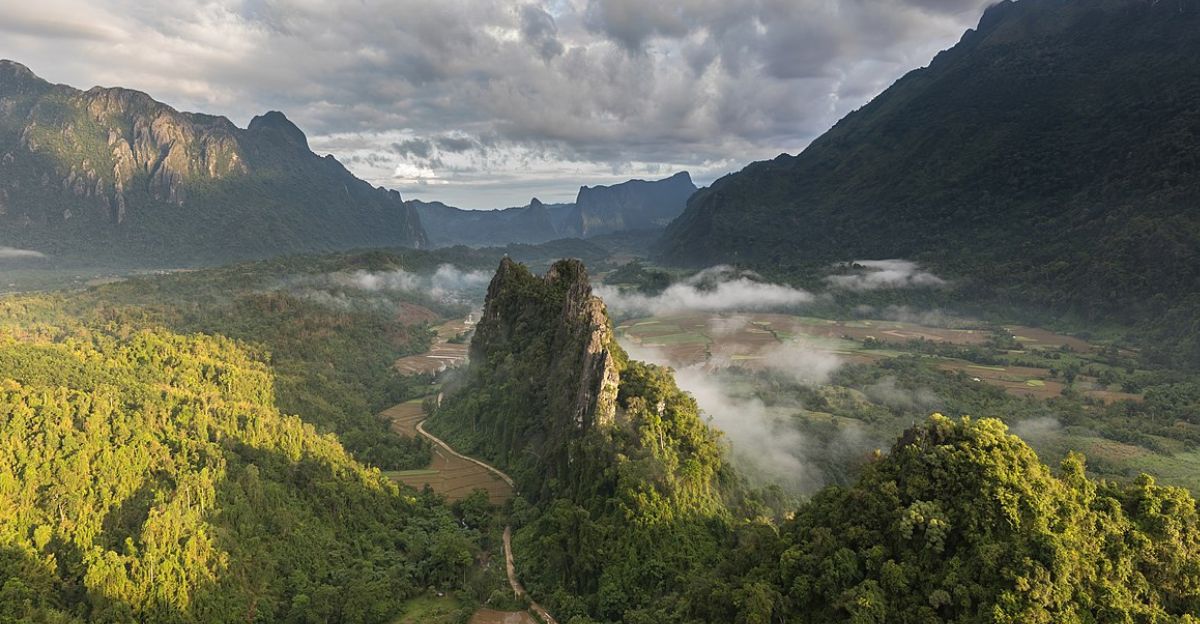
Karst landscapes found in Southern China and other parts of the world hold a global significance for their geology and biodiversity. They serve many different roles, such as being sources of important freshwater reservoirs for millions worldwide.
The cave systems of karst regions support a wide array of species, some of which are only found there. In an era when most habitats face human encroachment through industrial activities and urbanization, these environments remain some of the last untouched ecosystems on the planet and can help us better understand the geological processes that shape the planet.
Explore more of our trending stories and hit Follow to keep them coming to your feed!

Don’t miss out on more stories like this! Hit the Follow button at the top of this article to stay updated with the latest news. Share your thoughts in the comments—we’d love to hear from you!







